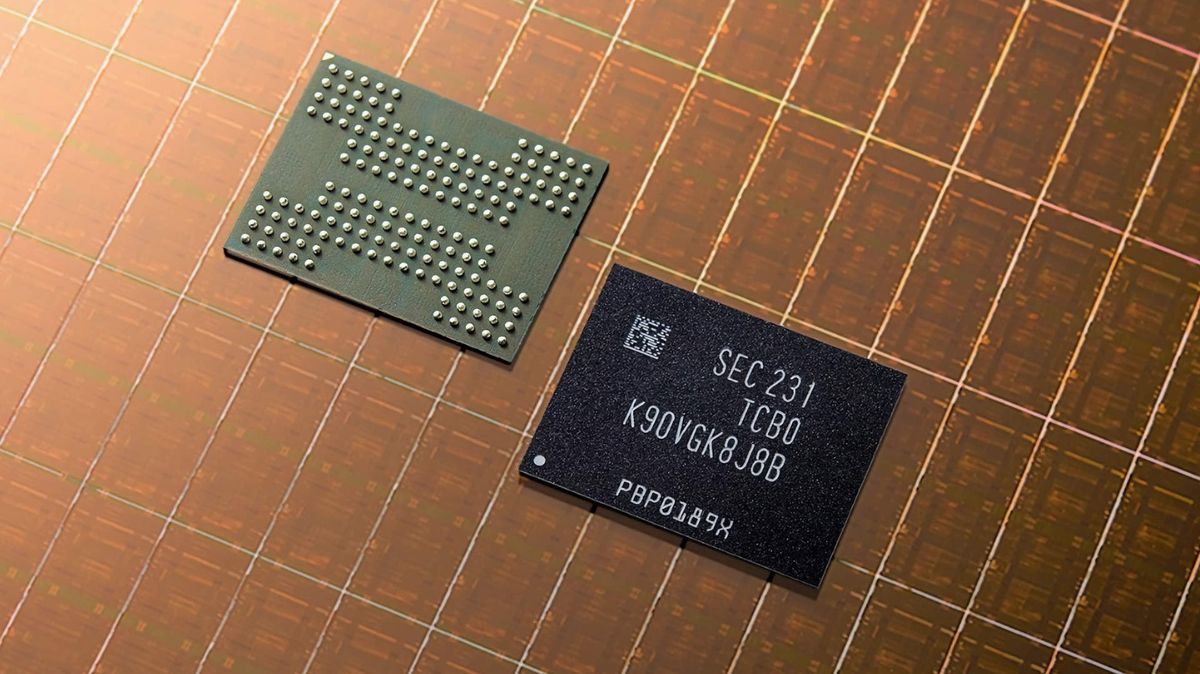A team of researchers at MIT's Materials Research Laboratory has unveiled a groundbreaking new transistor with the potential to revolutionise the storage industry. This novel device boasts the same performance as those used in flash memory chips, but with an incredible added advantage: it never wears out with use.
Unlike conventional silicon-based transistors, this revolutionary design is made from a ferroelectric material. This innovative approach directly addresses one of the most significant limitations of flash memory technology: the finite lifespan of the tiny cells responsible for storing digital information. Each write/erase cycle gradually degrades these cells, ultimately limiting the lifespan of the storage device.
The MIT team, led by Professor Raymond Ashoori, has successfully created a transistor that overcomes this hurdle. Their creation, known as a ferroelectric transistor (FeFET), consists of two thin layers of boron nitride. These layers slide over each other when an electric field is applied, altering the material's electrical properties. This switching process occurs at incredible speeds, on par with those found in contemporary NAND flash memory, with a remarkable difference: the MIT transistor can withstand a staggering 100 billion switching cycles without significant degradation.
"When I think of my whole career in physics, this is the work that I think 10 to 20 years from now could change the world," Professor Ashoori shared. His sentiment was echoed by Professor Pablo Jarillo-Herrero, another key figure in the research, who noted that this discovery "is one of the first, and perhaps most dramatic, examples of how very basic science has led to something that could have a major impact on applications."
This discovery has the potential to completely reshape the landscape of flash memory and all its associated technologies. However, there are significant hurdles to overcome before these super-slidey transistors become commonplace. The research team has successfully created a single transistor, but a typical 1TB NVMe SSD requires trillions of these components. Moreover, mass-producing large wafers of chips using ferroelectric materials is currently not feasible.
Therefore, while it is unlikely to see boron nitride transistors powering gaming SSDs anytime soon, the potential for transformative change within the next decade or two is undeniable. Imagine a future where every chip boasts billions of these durable, fast-switching layers, enabling us to store our cherished digital content for longer than ever before. The prospect of a world powered by endless, wear-resistant storage is exciting, and this MIT breakthrough brings us one step closer to that reality.
Article
Technology

MIT's Breakthrough: Transistors That Never Wear Out

